Owner attitudes are related to their own cat’s weight
Recent surveys of veterinary professionals indicate that around 60% of cats who come to a veterinary practice are either overweight or obese. Feline overweight and obesity (here on out, referred to as O&O) are known risk factors for health problems, including diabetes, joint disease, and heart disease. Yet, when we see a fat cat…many of us have an uncontrollable “awwww” response, as in…we somehow find it just a little bit cute (even though these fat cats usually can’t even groom their butts)?
When I worked at an animal shelter, cats who were extremely obese would fly (well, waddle) out of the building. Give ‘em a name like “Mack Truck” and the adopters would line up. I don’t even want to tell you about the Google rabbit-hole I went down that included “Fat Cat Appreciation Club” enamel pins and “Chonk” t-shirts.
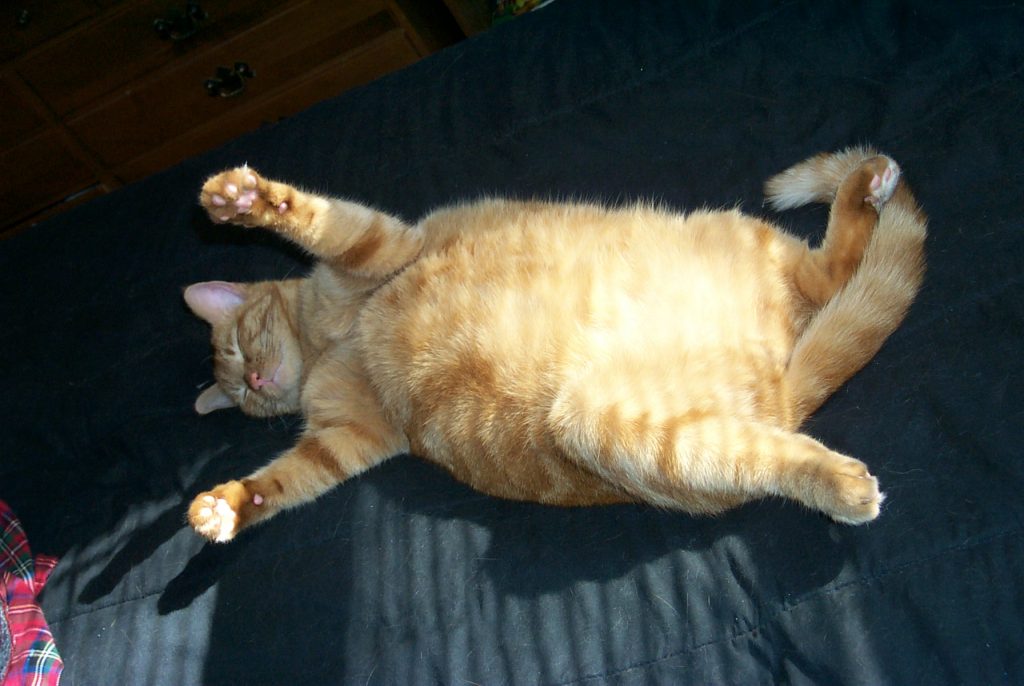
What defines an O&O cat?
A cat who is more than 10% of their ideal body weight is considered overweight. Once their weight is 20% more than ideal, they are classified as obese. Veterinarians use a Body Condition Score (BCS) to assess a cat’s weight status. The scale usually ranges from either 1-5 or 1-9, with a cat with a BCS of 1 being very thin, and a 5 or 9 meaning obese. The middle of the scale is a cat who is “just right.” A cat who is the ideal weight has ribs and a spine that you can feel but not see, with a slight “abdominal tuck” and a minimal fat pad (that’s the “jungle pouch” or “foot warmer” flap that many kitties develop with age).
Does our impression of O&O cats as cute contribute to the obesity epidemic? A recent survey-based study, “Positive attitudes towards feline obesity are strongly associated with ownership of obese cats” looked at how cat owner attitudes about “chubby” cats was related to their own cat’s weight. Because O&O typically has multiple causes, they looked at household factors, feeding and care practices, and feline behaviors that might also be related to this rather, ahem, large problem.
Over 1300 folks completed the survey, which also included detailed descriptions of the different aspects of a 5-point BCS scale, as well as pictures of what each level’s body type looks like (see this graphic from International Cat Care).
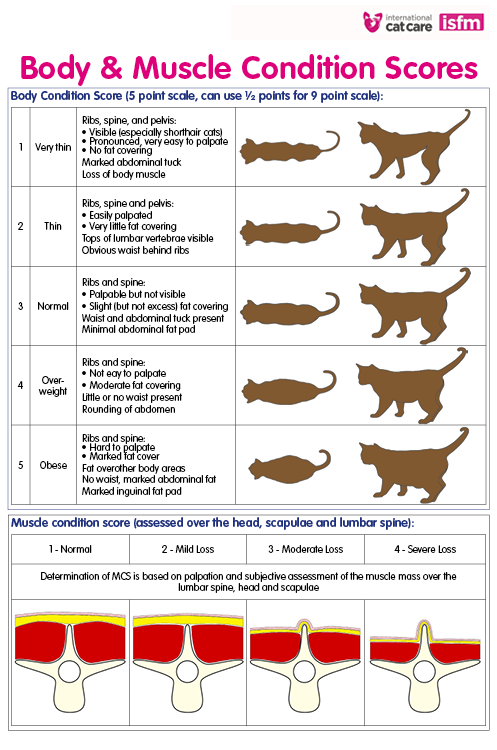
Results
Thankfully, most cats in the study (69%) were of an ideal weight. Well, at least that is what their owners said. Of the cats who had been assessed by a veterinarian within the last year, owners were more likely than their vets to report an ideal body condition. But how did people feel about O&O cats?
About 25% of owners agreed that “Chubby cats are cute” and 20% agreed that “Fat cats are cute.” Most people disagreed with the statements “Being chubby (or fat) says that the cat has a quality of life”, but those who did agree with either of those statements were more likely to have an overweight or obese cat. The risks of having an O&O kitty were 3-5 times higher when owners endorsed the quality of life statement.
There were other factors related to being overweight or obese, including a cat who was middle aged, free-fed, and fed mostly dry food. These findings match those of previous studies of feline obesity. Some other, novel findings including an association between obesity and having no real method of determining how much food the cat was fed, as well as begging behavior on behalf of the cat.
Although most people did not express overwhelmingly positive attitudes about O&O cats, they also showed little awareness that overweight was associated with health problems. Only 9% of participants weighed their cats routinely, and most either relied on their vet to weigh their cat or did not monitor their cat’s weight at all.
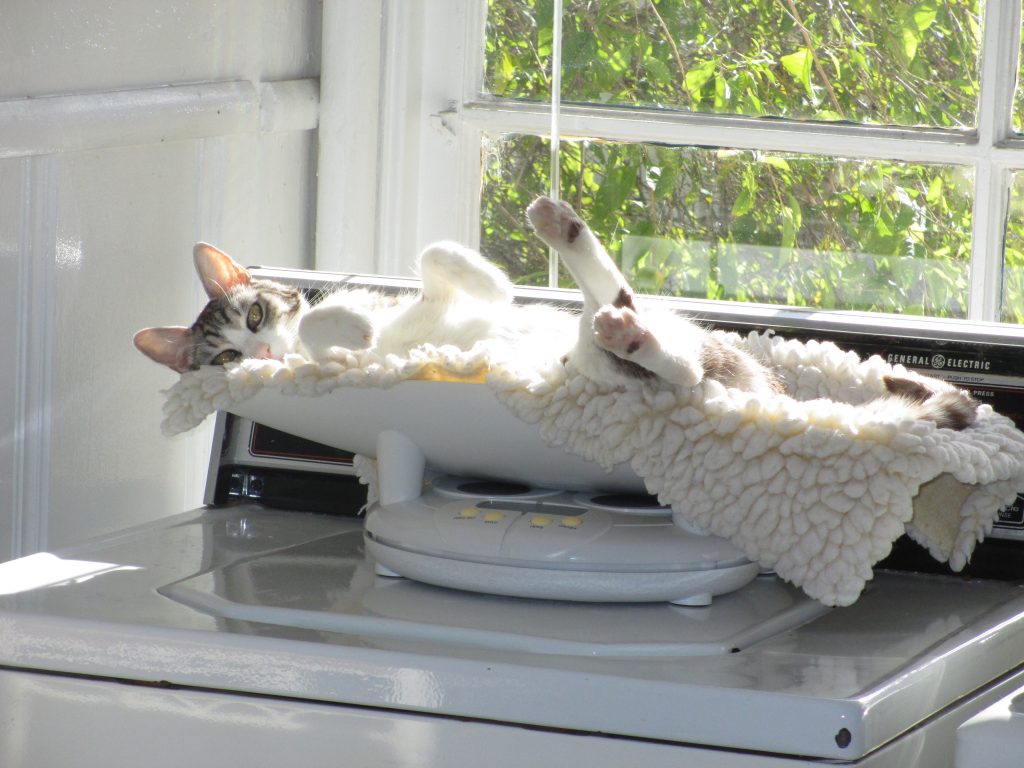
In this study, the cats were active participants in their own overweight issues, as their begging behavior was associated with increased risks of 3-5 times of other cats of being O&O. However, cat owners also denied giving in to their cat’s begging behavior, perhaps suggesting a disconnect between their cat’s behavior and their own.
This study confirms some previous findings, that free feeding and dry food (the two are very closely related when it comes to feeding practices) increase the risk of being overweight. Now we know that owner attitudes and responses to begging likely fuel the fat feline fire.
What can we do to help our cats maintain a healthy weight?
Here are some quick tips!
- Weigh your cat regularly. I have written before about the importance of this practice, as well as how you can train your cat to enjoy being weighed.
- Track what you feed. Studies have shown that weighing food with a food scale is more accurate than using a scoop. But regardless of the number of meals a day you feed, knowing what you are putting out for your cat will help you monitor any changes in their feeding habits.
- Talk to your vet about how much food to feed your cat and whether your cat needs help losing weight. It’s EXTREMELY important to work with a veterinarian when you are trying to reduce your cat’s weight. Although it might seem counterintuitive, rapid weight loss in overweight cats can be dangerous. Slow and steady (and with supervision) is the goal.
- Try feeding your cats from food puzzles and slow feeder bowls! Although research has not supported that food puzzles leads to a significant increase in physical activity, they can slow down eating, allowing your cat to feel more satiated, reducing overeating.
- Increase your cat’s exercise! Get out those cat dancers and get your cat moving. Try harness training your cat for some safe strolls in your back yard. Feed your cat on elevated surfaces or at the top of a staircase to encourage your cat to take a few steps before feeding.
Although at first glance, fat cats might seem cute, it’s important to remember that those extra pounds can hurt, reducing mobility, increasing risk of disease, and making it difficult to do natural cat behaviors like grooming and climbing. It’s great to see research paying attention to this serious feline health issue, and hopefully this study serves as a reminder about the scope and some of the causes of the problem.
Reference: Teng, K. T., McGreevy, P. D., Toribio, J. A. L., & Dhand, N. K. (2020). Positive attitudes towards feline obesity are strongly associated with ownership of obese cats. PloS one, 15(6), e0234190.

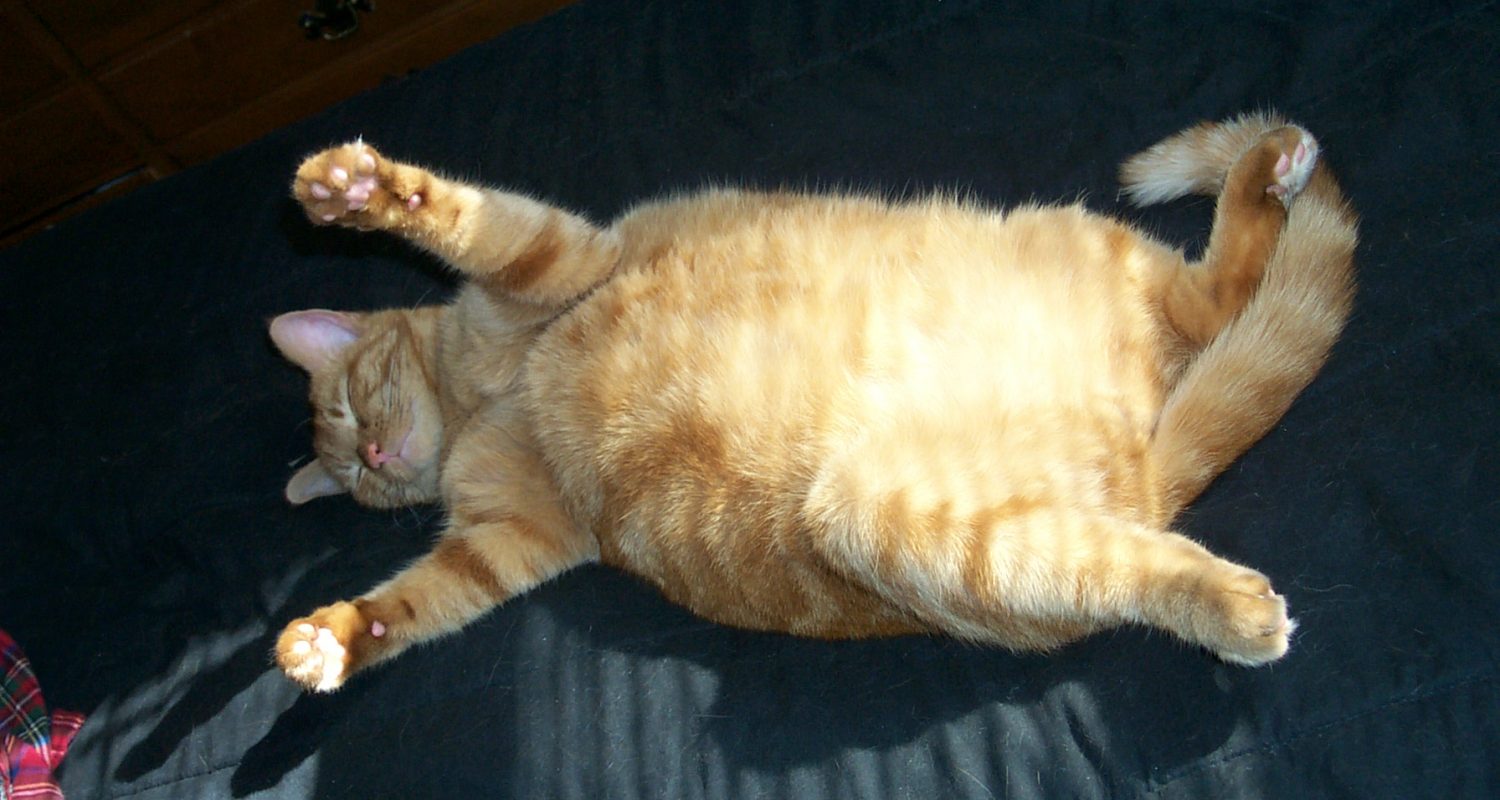
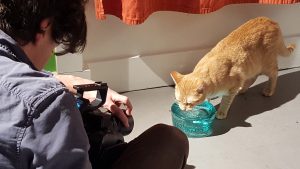
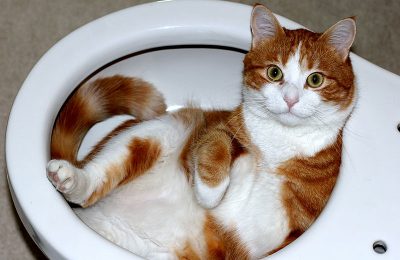
I’m loving the cat bed! My cat gets weighed once a year by the vet, and while her weight has fluctuated slightly in that time (though some of it may have been because we were weighing her at home by picking her up and climbing on the scales for humans), we’ve always been told her weight was good, and she’s always looked like the Normal on the body condition score charts. She’s been with me since she was four, and I promptly made her a jacket-style harness for going on walks. She’s twelve now. I judge by the fit of the harness, whether we need to adjust the velcro straps differently from normal. Will that do? I sometimes worry that I can feel her little shoulder blades a bit more than I used to be able to, but the vet says she’s fine, so I figured it was just normal aging changes.
Her favourite form of exercise is her climbing wall, by the way. The vet suggested putting dental kibble for her to climb for, and she loves it so much we have to do it several times a day. It includes climbing onto the bookcases and jumping between them over the door!
Having been overweight almost of all of my life, I am very conscious of keeping my cats healthy. I don’t free feed, mine get two weighed and measured meals every day and two very small snacks.This switch from free feeding was done years ago when I was having problems with one cat who was consistently too big. My vet suggested it and I have stayed with it ever since. I feed a commercial raw diet and only use a premium kibble as a treat, literally a few kibbles per cat. I also use the kibble to reinforce their names and the recall or “come” command. We live in Fl with the inherent hurricane and tropical storm risks. Having them responsive to being called in case of an emergency seemed like a smart thing to do.